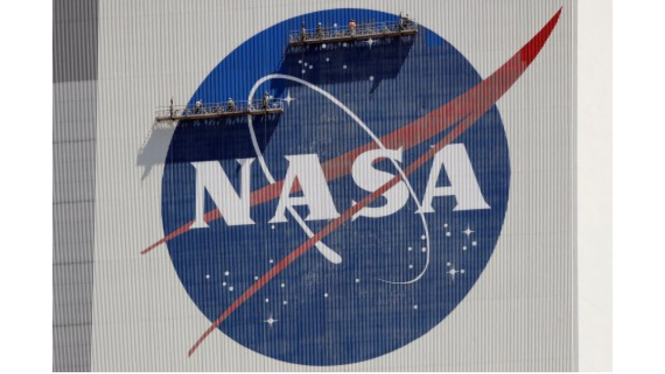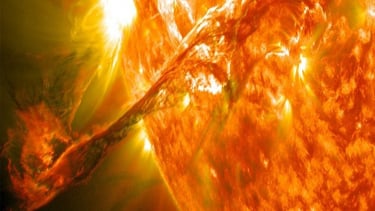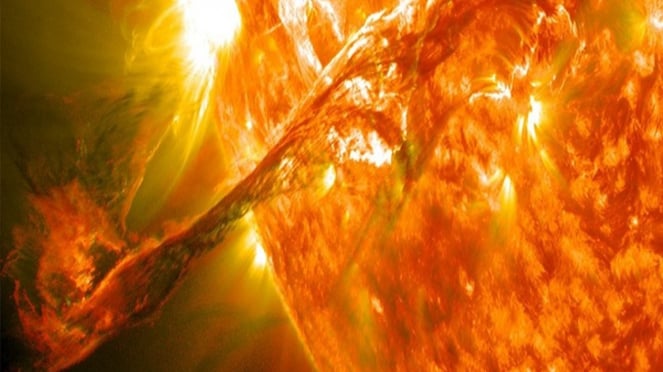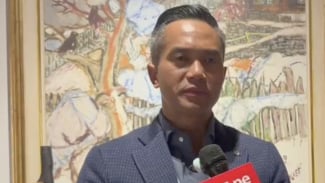NASA New Research Probably Protect Earth Internet Doomsday
- Getty Images
California – NASA is conducting new research that may be able to prevent the earth from possible solar storms that could cause an internet doomsday, according to a report by The Weather Channel.
In addition, NASA also recently announced a new system that trains artificial intelligence (AI) to help predict such extreme events.
Sangeetha Abdu Jyothi, a computer science expert at the University of California, Irvine, suggested in a 2021 study, there is a 1.6 percent to 12 percent chance of internet apocalypse disruptions that would last for months, which could occur in the coming decades.
Badai Matahari.
- Bizsiziz
The study estimated large-scale internet outages that could potentially cost the US economy US$7 billion per day.
However, experts at NASA have reported that the Parker Solar Probe has found significant new clues that help them understand the origin of the solar wind, which is the source of the internet apocalypse problem.
The solar wind, at high speeds has the power to wreak havoc on Earth's satellites and can cut off radio communications, the internet and power grids on Earth.
According to NASA, Parker which launched in 2018, became the first spacecraft to touch the Sun and enter its upper atmosphere, the corona.
Its goal is to help scientists study how the solar wind reaches supersonic speeds and impacts the larger space weather system.
"Understanding the mechanisms behind the solar wind is important for practical reasons here on Earth," says James Drake, professor of physics at the University of Maryland.
"It will affect our ability to understand how the Sun releases energy and drives geomagnetic storms, which are a threat to our communications networks."
Since Parker's launch, scientists have learned that the solar wind, which consists of a stream of charged particles, is driven by jets of energy that shoot out of the corona, also known as jetlets.
"This changes the paradigm of how we think about certain aspects of the solar wind," said physicist Craig DeForest in the NASA report.
This research, along with more data collected by Parker, could lead to scientific breakthroughs in the future.
"We're not done with this puzzle, but it's a big step in understanding the great mysteries of solar physics," DeForest added. In addition to major upheavals, scientists must also take into account the 11-year solar cycle.
At cycle maximum, which is expected to occur in 2025, electromagnetic activity on the sun reaches its peak, bringing more risk of disruption to life on Earth.
To help assess the danger, NASA recently created a new computer model that uses artificial intelligence (AI) to forecast extreme conditions.
The new technology can predict where solar storms will hit the Earth with a 30-minute warning time, experts stated.
If adopted by power grid operators and telecom companies around the world, experts can use it to protect their systems by moving them offline or temporarily shutting them down.
"This could provide sufficient time to prepare for this storm and prevent severe impacts on power grids and other critical infrastructure," the NASA wrote.


























